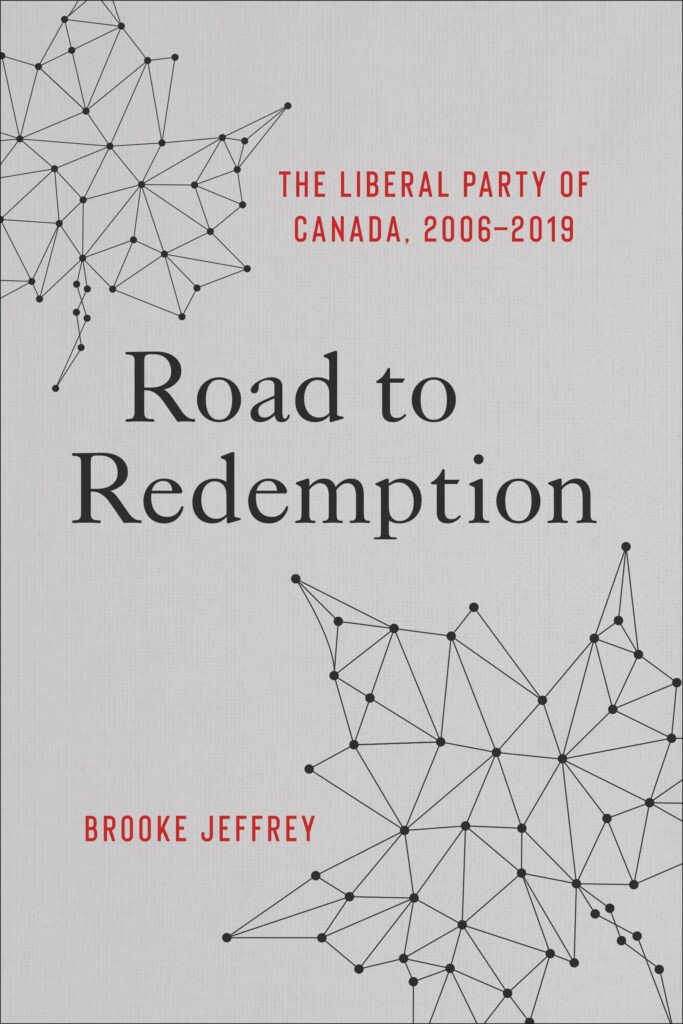In a full page opinion piece in the Globe and Mail of July 9, 2023, (“Rule by the Second Place: The Coming Crisis of Legitimacy in Canadian Politics”) columnist Andrew Coyne raises the ‘spectre’ of the next federal election resulting in the Liberals not only winning a lower percentage of the popular vote than the Conservatives, but fewer seats, and yet still forming the government. In his view this potential ‘crisis’ is due to the NDP’s likely decision to once more prop up the Liberals, leaving the Conservatives shut out of power because they cannot obtain the confidence of the House. Given that Coyne himself admits this is how parliamentary democracy is supposed to work, his alarmist tone is hardly justified. Of course he may well be right that this hypothetical outcome would be seen as a crisis by some, and especially by the Poilievre/Harper Conservatives and their supporters. Nevertheless it would hardly be the fault of the NDP. Nor would the electoral system be to blame if this should come to pass. Instead, the roots of this perceived crisis (namely, the inability of the current Conservatives to win power and keep it) go much deeper, as Coyne well knows.
The current situation is the result of major developments in federal politics over the past four decades which he willfully ignores, all the while implying that majority governments not only should, but traditionally have, received more than 50% of the popular vote. This underlying and unstated assumption conveniently serves to delegitimize the Liberal victories of 2015 and 2019. Yet this ideal of a majority government receiving at least 50% of the popular vote has only been achieved twice in the past seventy years, in 1958 and 1984, and in both cases a Conservative government was elected.
Instead, substantial majority governments were obtained by the Liberals under Pierre Trudeau in 1968, 1974 and 1980 with 45.5%, 43.2% and 44.3% of the popular vote. No one questioned their legitimacy. In 1988 Brian Mulroney secured his second majority with 43% of the popular vote. Even more significant, all of those majorities resulted from elections that were essentially three-party contests between the Liberals, Progressive Conservatives and the NDP, with the Social Credit rapidly fading to 0.1% of the popular vote.
Since then, no party has achieved more than 41% of the popular vote when forming a majority government, and the norm is now below 40%. Jean Chretien’s 1993 majority clocked in at 41.3%, followed by two more Liberal majorities in 1997 (38.5%) and 2000 (40%). And Stephen Harper’s lone 2011 majority was based on 39.6% of the popular vote. Yet Justin Trudeau’s 2015 Liberal majority is commonly described by critics as receiving ‘only’ 39.5% of the vote.
The last two elections saw popular support split still further. The Liberals’ 2019 majority was based on 33.1%. of the popular vote. What accounts for this continuing decline? Undoubtedly the Liberals have been losing pubic confidence. Voter turnout has also declined drastically, from well over 70% before 1993 to barely above 60% more recently, a significant issue in itself which has a number of negative implications for the health of liberal democracy. But the single most important reason for these steadily falling numbers for the winner is the fact that federal elections have been fought since 1993 by five or more political parties. Why this sudden plethora of choices? Originally because the Progressive Conservative Party imploded after Brian Mulroney’s time in office, creating the Bloq Quebecois and Reform Party. In 1993, for example, the combined popular vote of the Bloc, Reform and PC rump was 48.2% to Chretien’s 41.3%, although the result was a dead heat if the NDP share of 6.9% is added to the Liberals.
This multiparty scenario has since become the norm. The last two elections were fought with six political parties, despite the so-called “unite the right” movement that produced the new Conservative Party of Canada. We now have the Liberals, Conservatives and NDP competing for vote share with the Bloq, the Green Party and the Peoples Party of Canada. This fragmentation of the party system, more than anything else, will continue to prevent any party from achieving anywhere close to a majority of the popular vote, even if they manage to obtain a majority of seats. More often, however, it will result in minority governments. Coyne himself notes that five of the past seven elections have indeed produced minorities.
Coyne does raise an important point when he refers to the Liberal vote as more ‘efficient’ because that party appeals more broadly to voters than the Conservatives, who routinely win many of their largely western and largely rural ridings with huge majorities, but are unable to convince sufficient numbers of voters in urban areas or central Canada that their platform is best. (Many observers will no doubt recall that in 2021 the Conservatives expressed outrage at the fact that they had actually received a 1.2% higher share of the popular vote than the Liberals, but that this had translated into 157 Liberal seats versus 121 for the Conservatives. This is classic vote inefficiency.)
Under Pierre Poilievre, about whom Mr. Coyne has never had a kind word to say, the situation for the Conservatives is certainly grim, despite their misleading lead in recent public opinion polls . As Coyne himself noted, the recent byelections told the tale. (“Conservatives Protect Their Right Flank at the Cost of Losing the Centre”, Globe and Mail, June 20, 2023) The Liberals’ share of the popular vote actually increased despite the pounding they have taken at Mr. Poilievre’s hands over the past several months. In short, I think Mr. Coyne’s alarmist scenario is quite unlikely, but I agree entirely with his concluding statement. “We all have some thinking to do, the Conservatives most of all.”
